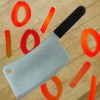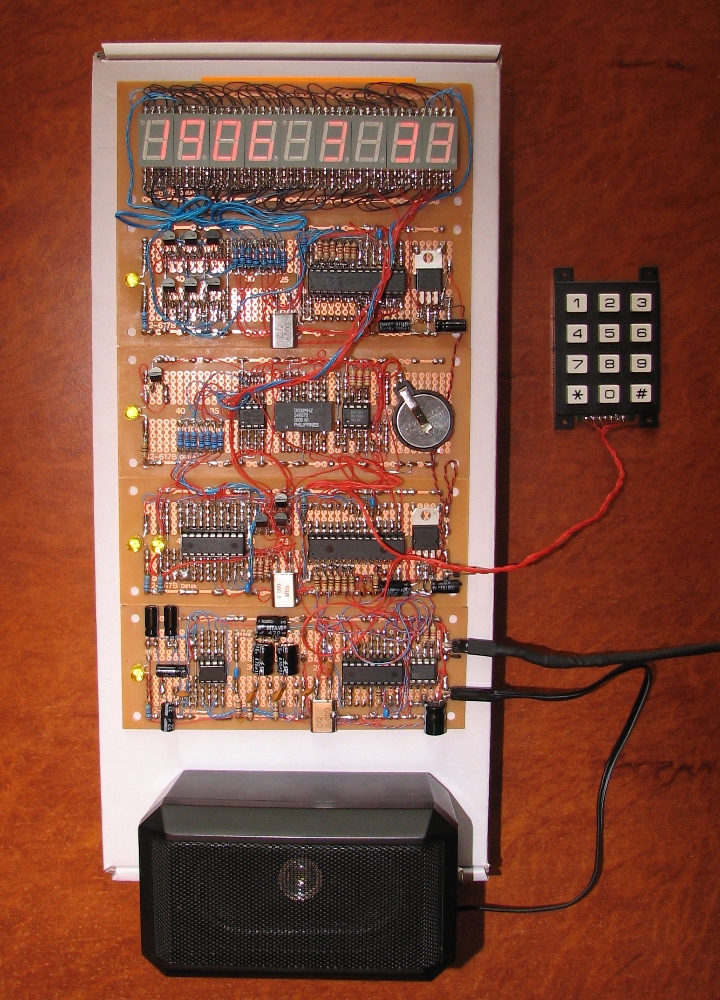

Originally Posted by
Art

. . .but the interference sound seems vary according to what the pic/s are doing, so I don't know what that means.
That could be a variation in leakage across the diode's junction due to changes in load . . . Used to see that a lot in car alternators.
If you do not believe in MAGIC, Consider how currency has value simply by printing it, and is then traded for real assets.
.
Gold is the money of kings, silver is the money of gentlemen, barter is the money of peasants - but debt is the money of slaves
.
There simply is no "Happy Spam" If you do it you will disappear from this forum.















Bookmarks